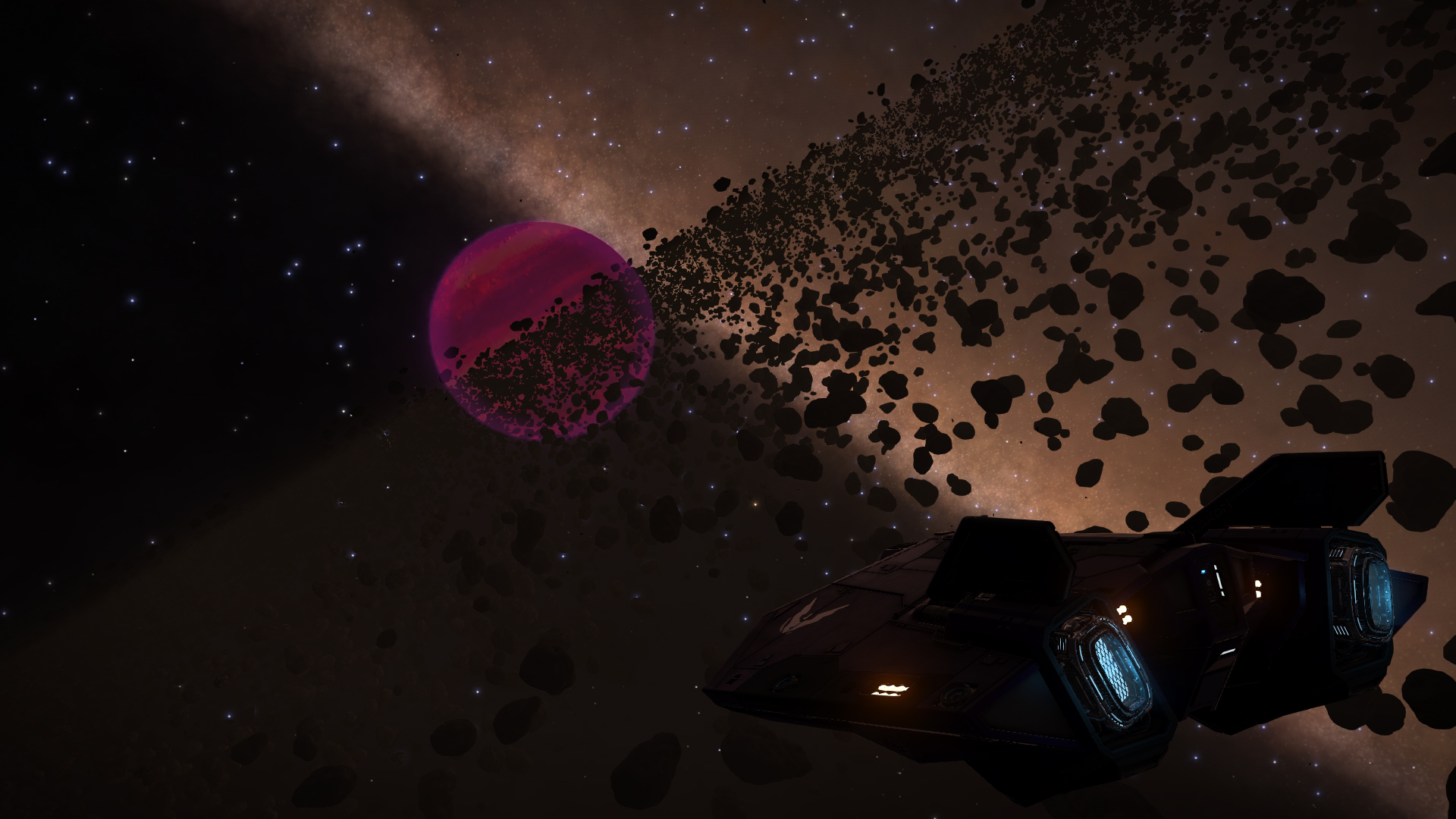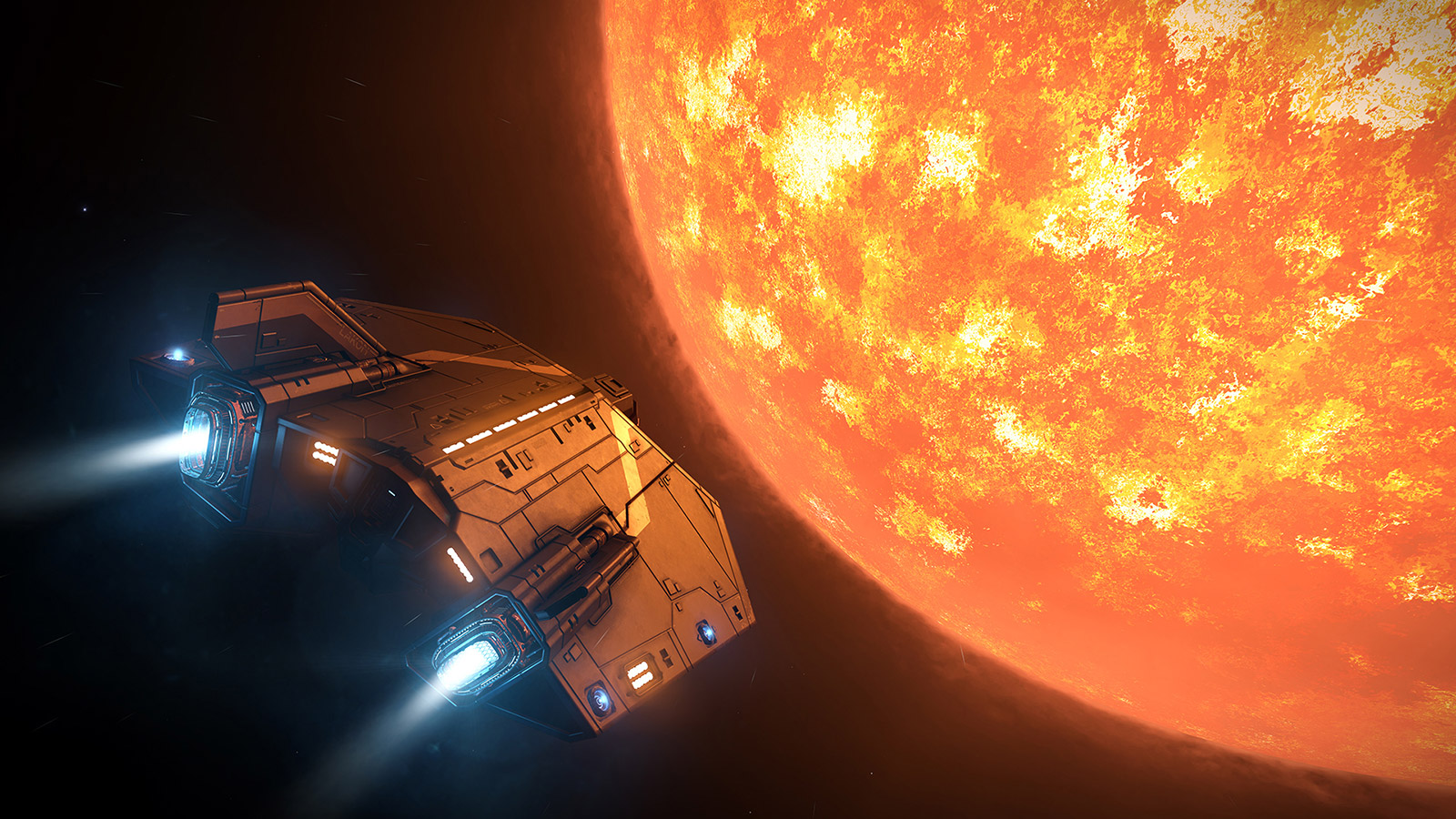Elite: Dangerous introduces real-life TRAPPIST-1 system
The space adventure's update 2.3 now reflects NASA's real world data.

Last month, scientists confirmed the discovery of TRAPPIST-1—seven Earth-sized exoplanets orbiting a star not too far beyond our solar system. Shortly after, Frontier announced it would introduce the newly discovered system into Elite: Dangerous via its next update by tweaking some of its preexisting features—and it seemed the space trading sim had sort-of predicted real-world events.
Update 2.3—otherwise named The Commanders—is now live in beta and lets players visit the TRAPPIST-1 system in order to do their own Battlestar Galactica-style space exploration.
Most interestingly, the system Elite: Dangerous had originally generated also housed seven orbiting planets around a brown dwarf just 39 light years away from where TRAPPIST-1 was spotted which, given the size of the vast expanse above, is pretty darn close.

Taking to the game's forums at the time, Frontier front man David Braben posted the following:
"The way Stellar Forge works is to use ‘available mass’ from which to generate systems—and because of this unaccounted mass, Stellar Forge has created a system with a Brown Dwarf in very nearly the same place—39 light years away—this is only a little smaller than an M8 – and it even has seven terrestrial worlds around it – Core Sys Sector XU-P A5-0.
"Interestingly the system that came out of Stellar Forge has a couple of moons, and a couple of co-orbiting binary pairs—these things would not (yet) be detected in the occlusion technique, as this is simply detecting the darkening of the stellar disc, but who knows, this might be possible.
"Because of this we have tweaked Stellar Forge with the data from the recent discoveries so that the planets are now the same—and we have renamed it Trappist 1—but the great thing is it is only a small tweak! We may still add a few moons back in, and this should go live in beta 2, and will of course be in 2.3 when it goes live to everyone."
Keep up to date with the most important stories and the best deals, as picked by the PC Gamer team.
The Core Sys Sector XU-P A5-0 has since been realigned and renamed to reflect its real world counterpart.
Thanks, Eurogamer.

